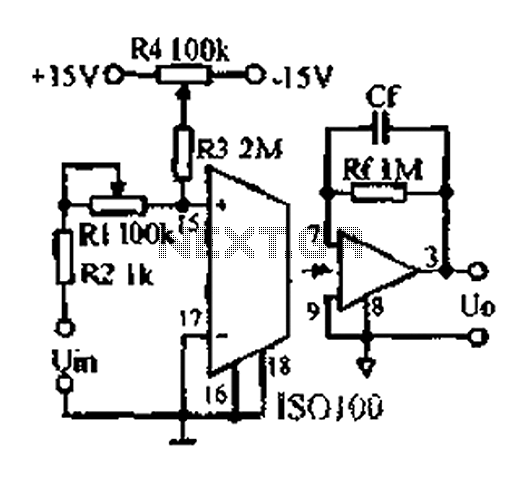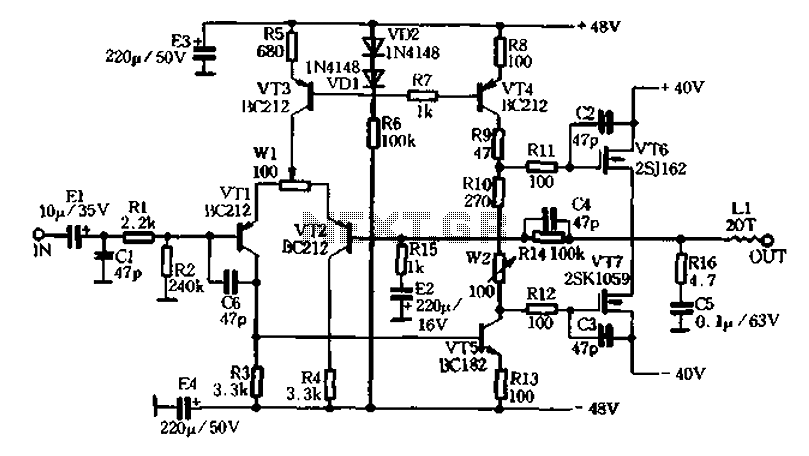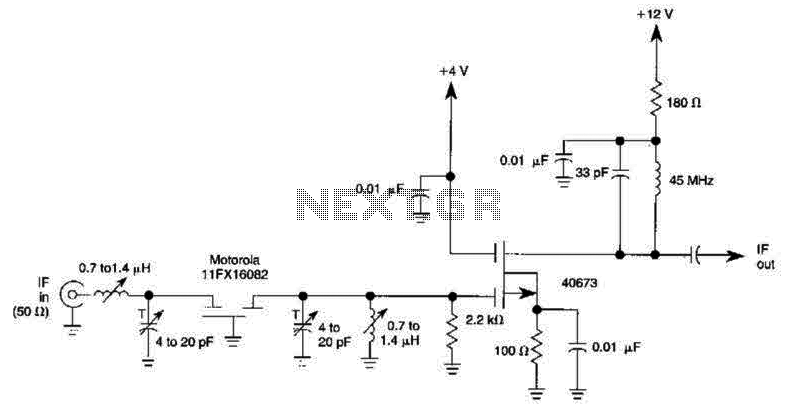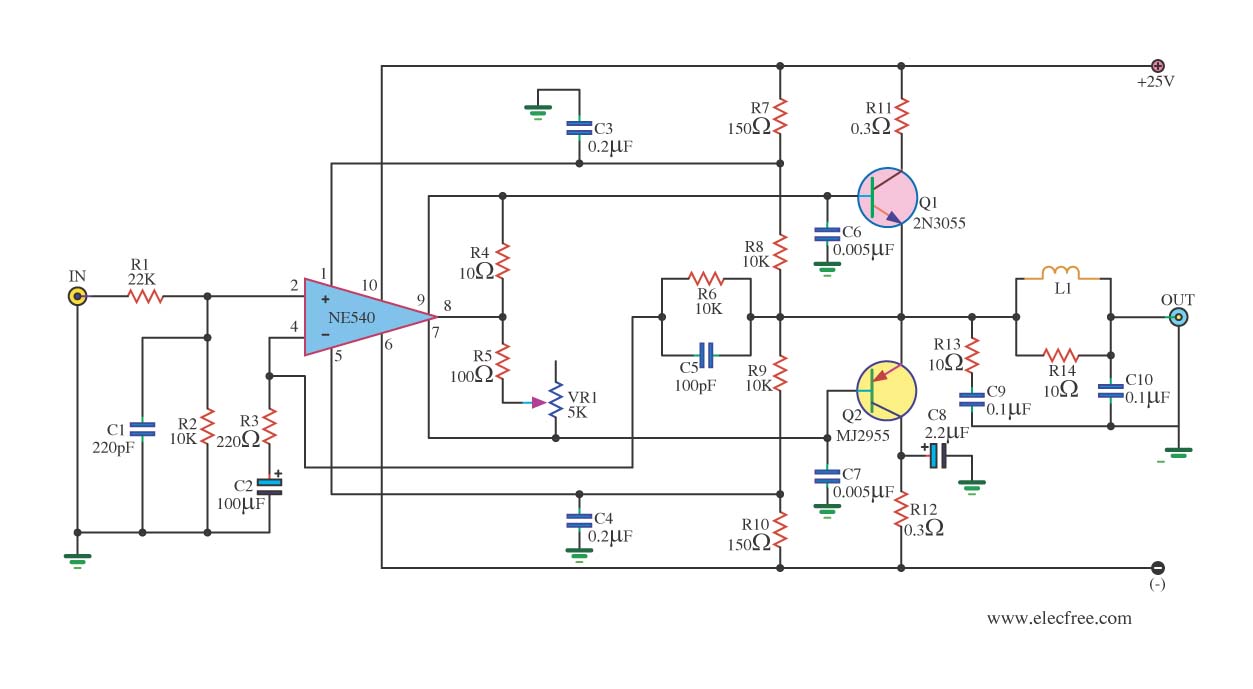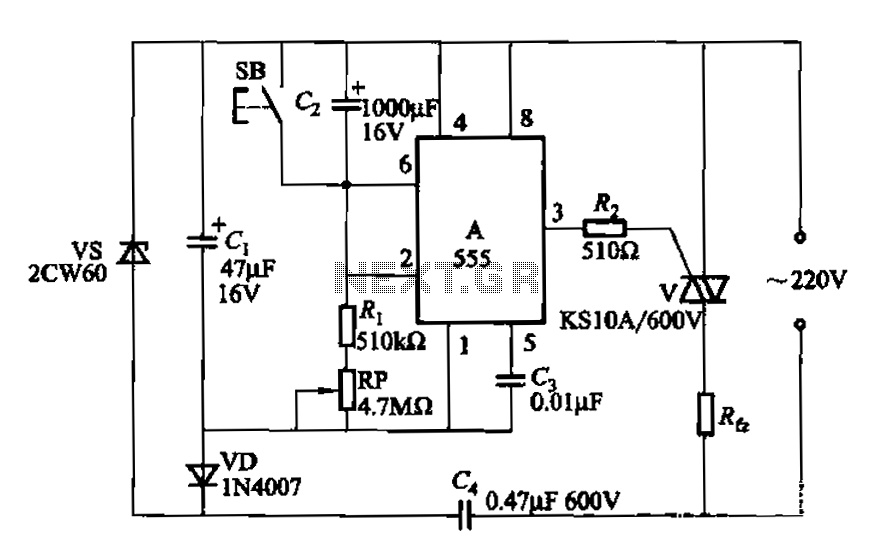
smart amp delay
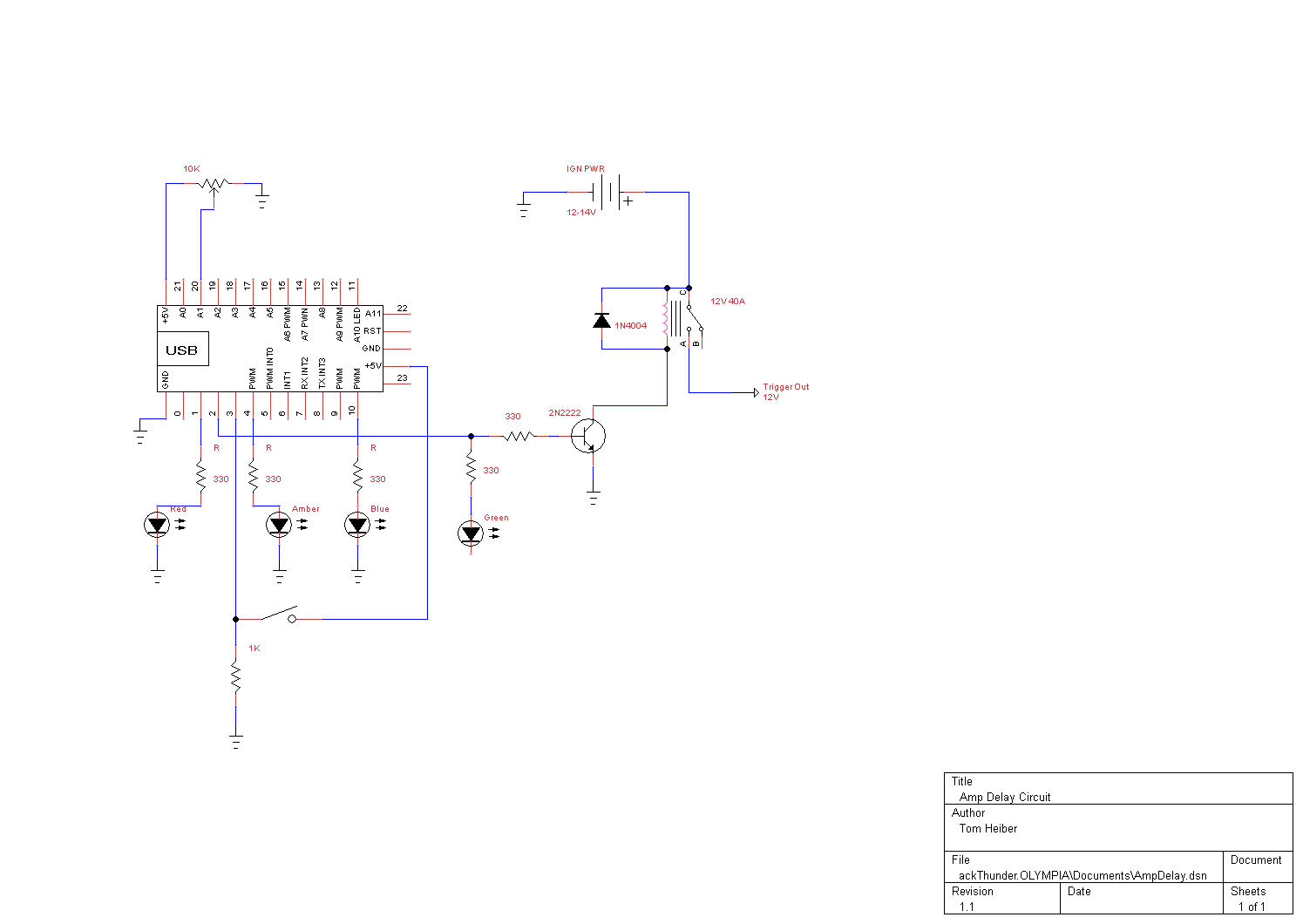
This system is designed as a Windows service that detects various power events, including Suspend, Hibernate, Reboot, and Shutdown. It can send appropriate responses to a control circuit, specifically a Heartbeat or Kill signal. The trigger mechanism is also regulated through Ignition Power, ensuring that the amplifier turns off when the vehicle's ignition is switched off, irrespective of the status of the car computer or the override switch. Communication between the device and the computer occurs via USB using an emulated Serial protocol. When the delay on the device is modified, a new value is transmitted to the computer so that the service timer can adjust the heartbeat rate accordingly. By default, the service sends two heartbeats per delay value, although this setting can be altered in the application configuration file. The solution has proven resilient through numerous reboots, consistently restoring the amplifier to operational status.
The described system operates as a robust power management solution for automotive applications, integrating seamlessly with vehicle systems through a Windows service architecture. The service effectively monitors power events, allowing for real-time responses that enhance system reliability. By utilizing a USB connection with an emulated Serial protocol, the communication between the control circuit and the computer is streamlined, enabling efficient data transfer and command execution.
The incorporation of Ignition Power as a trigger mechanism is a critical feature, ensuring that the amplifier is deactivated when the vehicle’s ignition is turned off. This prevents unnecessary power consumption and enhances the longevity of the amplifier and associated components. The ability to override this function through a manual switch provides flexibility for users who may require the amplifier to remain active under specific circumstances.
The dynamic adjustment of the heartbeat rate based on delay modifications allows the system to adapt to varying operational conditions, ensuring optimal performance. The default configuration of sending two heartbeats per delay value provides a baseline for monitoring, while the option to modify this setting in the application configuration file offers users the capability to tailor the system to their specific needs.
Overall, this power event detection and response system is engineered to withstand the rigors of automotive environments, maintaining functionality and reliability across multiple reboots and power cycles. The design emphasizes both user control and automated management, contributing to an effective and user-friendly solution for car computer systems.This is implemented as a windows service that detects any power event (Suspend, Hibernate, Reboot, Shutdown) and can send a proper response to the control circuit (Heartbeat or Kill). The trigger is also controlled via Ignition Power so that the amp will shut off when the car`s ignition is turned off regardless of the status of the carputer or the
override switch. The communication between the device and computer happens via USB and emulated Serial protocol. When the delay is changed on the device, a new value is sent to the computer so that the service timer can adjust it`s heartbeat rate accordingly. By default, the service will send 2 heartbeats per delay value but that can be changed in the app. config. So far the solution has withstanded countless reboots and it always properly brings up the amp on restore.
🔗 External reference
The described system operates as a robust power management solution for automotive applications, integrating seamlessly with vehicle systems through a Windows service architecture. The service effectively monitors power events, allowing for real-time responses that enhance system reliability. By utilizing a USB connection with an emulated Serial protocol, the communication between the control circuit and the computer is streamlined, enabling efficient data transfer and command execution.
The incorporation of Ignition Power as a trigger mechanism is a critical feature, ensuring that the amplifier is deactivated when the vehicle’s ignition is turned off. This prevents unnecessary power consumption and enhances the longevity of the amplifier and associated components. The ability to override this function through a manual switch provides flexibility for users who may require the amplifier to remain active under specific circumstances.
The dynamic adjustment of the heartbeat rate based on delay modifications allows the system to adapt to varying operational conditions, ensuring optimal performance. The default configuration of sending two heartbeats per delay value provides a baseline for monitoring, while the option to modify this setting in the application configuration file offers users the capability to tailor the system to their specific needs.
Overall, this power event detection and response system is engineered to withstand the rigors of automotive environments, maintaining functionality and reliability across multiple reboots and power cycles. The design emphasizes both user control and automated management, contributing to an effective and user-friendly solution for car computer systems.This is implemented as a windows service that detects any power event (Suspend, Hibernate, Reboot, Shutdown) and can send a proper response to the control circuit (Heartbeat or Kill). The trigger is also controlled via Ignition Power so that the amp will shut off when the car`s ignition is turned off regardless of the status of the carputer or the
override switch. The communication between the device and computer happens via USB and emulated Serial protocol. When the delay is changed on the device, a new value is sent to the computer so that the service timer can adjust it`s heartbeat rate accordingly. By default, the service will send 2 heartbeats per delay value but that can be changed in the app. config. So far the solution has withstanded countless reboots and it always properly brings up the amp on restore.
🔗 External reference
